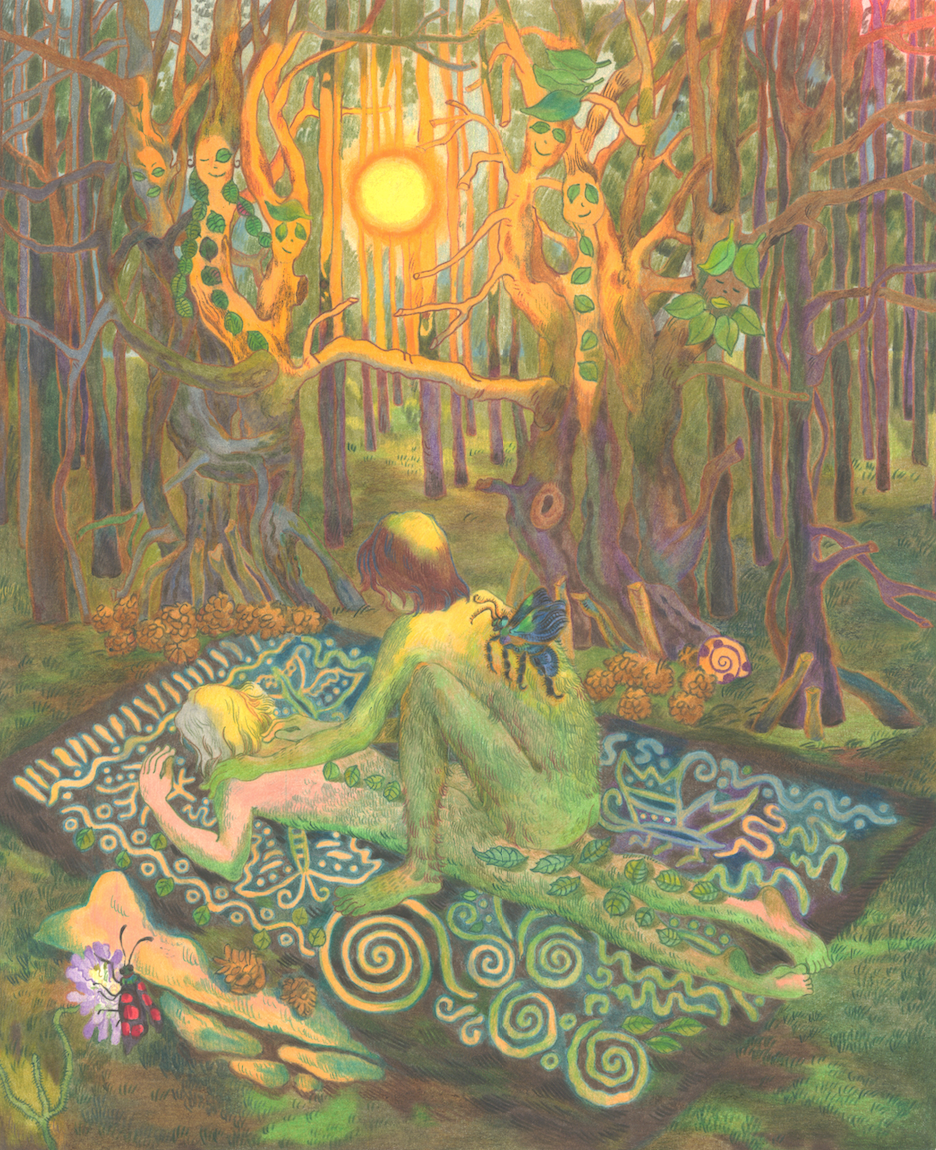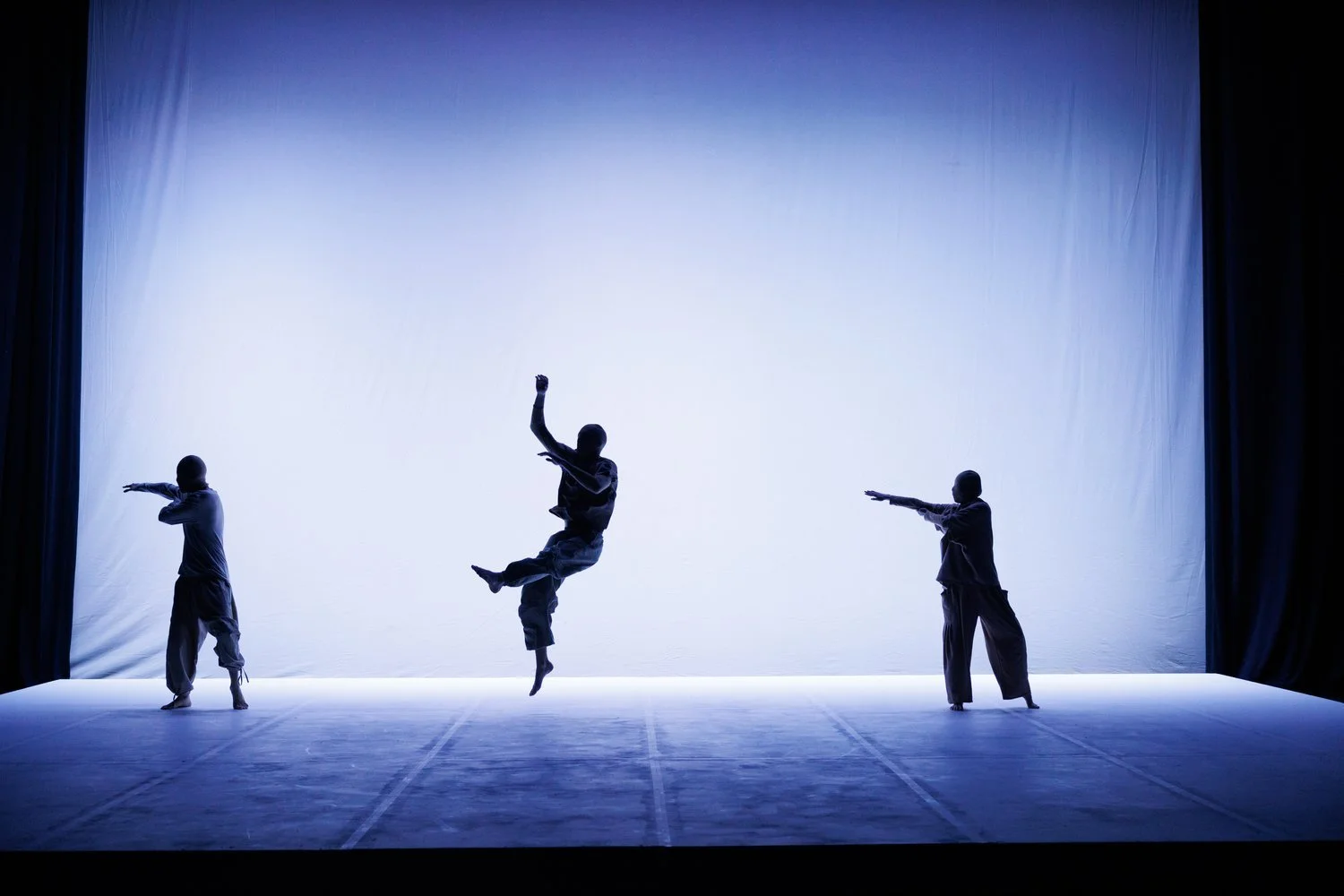INTERVIEW | Yueting Wu
10 Questions with Yueting Wu
Al-Tiba9 Art Magazine ISSUE15 | Featured Artist
Ada Yueting Wu is an interdisciplinary artist born in China and currently based in the United States. Through installation, performance, and sound, she creates visceral experiences that critically examine the production of silence and truth within systems of control. By subjecting the body to counter forces or exposing it as a malfunctioning circuit within various systems, such as language, ideology, and collective memories, she scrutinizes relationships of powers and disciplines. She completed her BFA in Sculpture with a concentration in Computation, Technology, and Culture at Rhode Island School of Design in 2023. Her works have been exhibited at places such as the RISD Museum, Granoff Center at Brown University, and Luohu Art Museum in China.
Yueting Wu - Portrait
ARTIST STATEMENT
Ada Yueting Wu’s artistic practice explores discipline, power, and control. She examines various systems of control by exposing their internal contradictions and highlighting individual narratives. Through a hybrid language of sculpture, installation, performance, and sound, she seeks new methods of meaning-making that function outside of pre-existing systems. Driven by her background in sculpture, her approach to performance and sounds is material-based, physical, and visceral. The process of her creation is often a performance in itself of resistance and struggle: subjecting the body and materials to counter forces, pushing them to their limits, and dissecting them to their smallest units. In this way, her recent works aim to investigate the materiality of body and sound, as well as the cathartic or poetic collision of the two through a cohesive experience.
Interfere and Intervene, steel, speakers, velcro, destructive interference, archival audio recordings, live performance, 62x62x62 in, 2023 © Yueting Wu
Interfere and Intervene | Project Statement
Interfere and Intervene consists of an installation, a performance, and audience participation. Through phase cancellation, historical voice recordings from sonic weapon incidents diminish as pairs of opposite-facing speakers are pushed closer. The work aims to bring attention to the complex nature and varied perspectives of historical events through physically manipulating archival audio recordings. It intends to provoke reflections on power relations in historical retelling by allowing the audience to hear and view voices being amplified or redacted in real time, and even participate in the process.
AL-TIBA9 ART MAGAZINE ORIGINAL ISSUE15
INTERVIEW
First, let's discuss your background. You received a BFA in Sculpture, but you are an interdisciplinary artist working with installation, performance, and sound. How did you get interested in these mediums?
I started my practice in sculpture, and through my education, I learned how to manipulate form, material, and space. Although my earlier works are in the more traditional sculptural realm, my interests have remained the same: the relationship between the body and systems and spaces of power. My earlier sculptures, in which although my own body had yet to be present, often included anthropomorphic forms and references to bodily elements. I started incorporating performance in my work in 2019. At that point, it felt like both a natural impulse and a necessity to fully embody my interests and push my practice further. Performance and sound also allure me because they are challenging to me, and I enjoy the thrill of going against counter forces: how can I dissect the materiality of something we seemingly cannot touch or see; how can I control or let go of the inherent physicalities that I was born with. In this way, the process of creation becomes a performance of its own, of internal and external counter forces.
How did your experiences at the Rhode Island School of Design, particularly your concentration in Computation, Technology, and Culture, influence your artistic vision and the techniques you employ in your work?
I am grateful for my experience at RISD and the concentration. I had the privilege of learning skills such as physical computing, programming, and spatial audio that informed new possibilities for my work. In Entity (2022), I used physical computing and audio programming to create an installation of interactive sound artifacts, which were triggered by the viewer's physical interactions and formed different narratives. In Interfere and Intervene (2023), through phase cancellation with multichannel audio, historical voice recordings diminish as pairs of opposite-facing speakers are pushed closer, bringing attention to the complex nature and power relations of historical retelling through physically manipulating archival audio recordings.
Entity—the Institute, wood, found objects, Arduino sensors, Blender 3D, Unreal Engine. Pure Data, live performance, 42x78x78, 2022 © Yueting Wu
Entity—the Institute features a series of interactive sound objects (“artifacts’). In the exhibition, the audience interacts with the objects and creates fleeting narratives.In the performance, I interact with the object in an order that sounds transform from legible speech and melody into noise. Through constructing two narratives, linear and fragmented, within a simulation of alternative history, the piece investigates the reliability of recounts and whether historical “truth” can be achieved. It examines how history can be preserved and transmitted in language, object, and direct experience, and reveals the fragility of each: language can disintegrate into noise, objects can be destroyed, and the experience is ephemeral.
As an interdisciplinary artist, how do you maintain cohesion across different mediums?
As I previously mentioned, my interests have been consistent throughout my practice regardless of my mediums. The consistent themes have been an important uniting factor. At the same time, I am also not so bothered with the concern of cohesion. I always see myself as a material nomad: I don't belong to any discipline. Instead, I exist in the in-between space where the most exciting things tend to happen. And I think that's an intentional choice that allows me to gain clarity of the different mediums I work with. I am more interested in transferable knowledge and methodologies across mediums: for example, how can the way I work in sculpture influence my approach to sound, and how can my methods in sound be implemented in physical performances, etc?
In your practice, you mix technology and traditional artistic practices. How do you perceive the intersection between these fields, and how has this intersection evolved throughout your artistic journey and education?
The intersection between art and technology is an exciting realm in that it is inherently interdisciplinary and encourages collaborations across different fields. It echoes my interest in transferable knowledge and methodologies. This intersection evolved in my practice as I gained a more critical understanding of the impact of technologies through historical and theoretical research: to really use technology as a medium that critically reflects upon its own nature.
As you mention in your statement, your artistic practice delves into exploring discipline, power, and control. Could you elaborate on the inspirations behind this thematic focus?
My thematic focus on discipline, power, and control has been mostly influenced by the theories of Foucault, Arendt, and Mbembe, and fueled by my interest in the relationship between spaces of power and the body. Informed by and building upon these theories, my research project, Common Ground (2020), investigates and analyzes body movements within totalitarian architectures. I am drawn to the enduring prevalence of these theories. For example, the concept of panopticon has been reframed in recent years to discuss surveillance in the digital age.
Without You I’m Nothing, wood, metal, foam, paint, acetates, plaster, silicone, resin, water, live performance, 80x125x125 in, 2021 © Yueting Wu
Without You I’m Nothing explores my personal symbiotic relationship with disciplinary institutions. The structure is both a place and a body, indicating how a disciplinary institution as a larger body consumes and assimilates my body. The body casts signify the alienation and transformation of self in the process of assimilation. Through the performance, I experiment with catharsis as a form of healing and self-care. The performance shows my struggle to maintain autonomy, unlearn discipline, and find my voice. Crawling out of the structure at the end of the performance, I hope to evoke hope and freedom.
Your approach to meaning-making seeks "to operate outside of pre-existing systems." How do you conceptualize and implement this in your works?
This specific line in my statement has a twofold meaning. First, it refers to artistic mediums and disciplines: my nature as an interdisciplinary (or even antidisciplinary) artist who resists assimilation into singular disciplinary systems and exists in the liminal space in between. Second, it refers to the themes and concepts: I aim to cultivate critical reflections upon various systems in my audience through recontextualization, reinterpretation, and exposing contradictions. For example, System of Meaning (2022) dissects and reinterprets how linguistic systems establish meaning. Original and pitch-shifted waveforms of vowels are played through opposite speakers. At the center between speakers, their wave interferences obscure intelligible vowels. The audience navigates the multichannel space according to obscured movement paths, and their perception of the vowels changes depending on their physical locations. Through ambiguous instructions and unintelligible vowels, I aim to catalyze emergence and interference that deconstructs the system of meaning.
In your statement, you describe your practice as cathartic. What does it mean to you, and how does it influence your creative process?
In terms of live performances, endurance works, and audience participation, I am influenced by the theories of Artaud, and concepts of theater of cruelty and theater of revolts. In formulating performances and participations, I pay specific attention to the mediums' ability to both shock and heal the audience through intensification, repetition, and reenactment of physical actions in space.
Speaking of the creative process, what is it like? How do you go from the first idea to choosing the appropriate medium to the final result?
My works are driven by technological, theoretical, and material research, and the eventual works are concise manifestations of this research. The process is non-linear, and these research studies often take place in parallel and intertwined manners that allow them to reinform each other. Such a rhizomatic structure allows me to discover crucial connections between concepts, materials, and forms that embody the works.
Without You I’m Nothing, wood, metal, foam, paint, acetates, plaster, silicone, resin, water, live performance, 80x125x125 in, 2021 © Yueting Wu
Without You I’m Nothing, wood, metal, foam, paint, acetates, plaster, silicone, resin, water, live performance, 80x125x125 in, 2021 © Yueting Wu
Your works have been exhibited internationally, including at the RISD Museum and Luohu Art Museum. How do different cultural contexts influence the reception and interpretation of your art?
Through my works, I aim to establish connections with a broad audience across cultures. I am grateful for these opportunities that allowed my works to be seen, felt, heard and participated by audiences of different backgrounds. Although some of my works are inspired by either my personal experience or historical events, I always re-situate them in broader socio-political and cultural-historical contexts that provide space for the audience to empathize with, connect with the works, and reflect upon these various systems of control. Ultimately, I aim to cultivate a sanctuary: a space of freedom and new possibilities.
Lastly, what are you working on at the moment? And what are your plans for the foreseeable future?
In recent months, I completed an artist residency and have been working towards an upcoming solo exhibition. I am grateful for these opportunities that allow me to critically reflect upon and push forward my practice. In terms of specific projects, I am currently working on two series of works. The first series are sound objects that delve into the history of witch trials and utilize low-frequency sounds. The second series is in the stage of material research: I am investigating a set of materials associated with the industrial process of production and apocalyptic survival. In the future, I aim to continue my growth as an artist and discover new possibilities for cultivating critical dialogues with my audience.

























